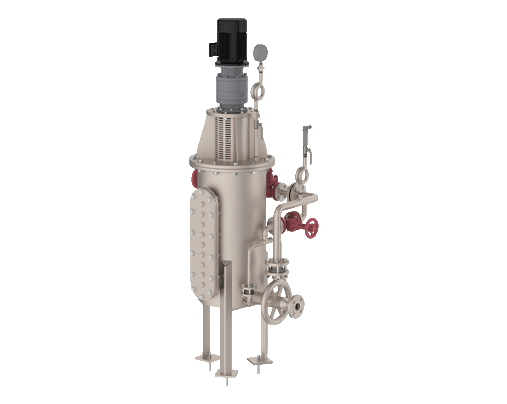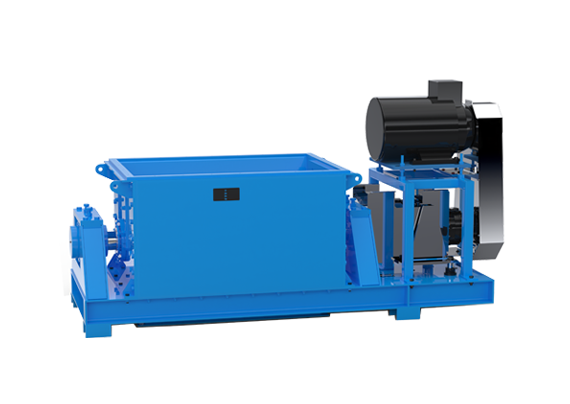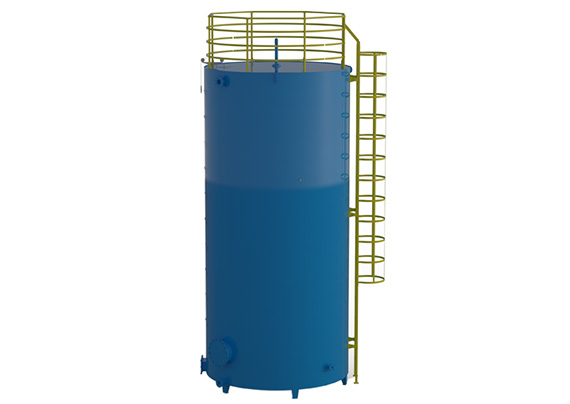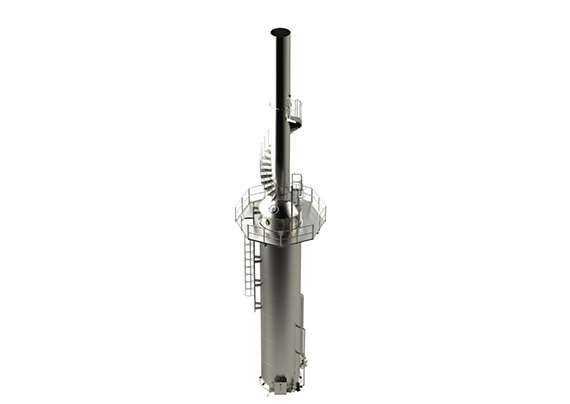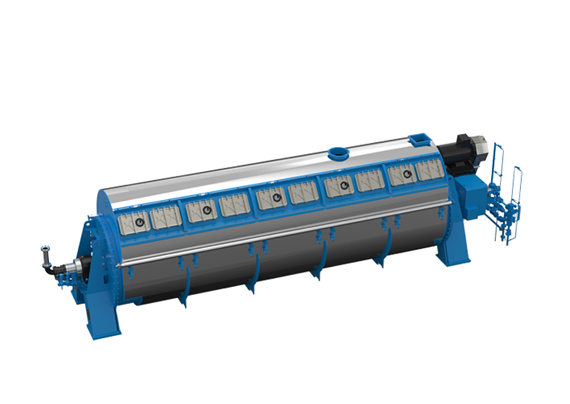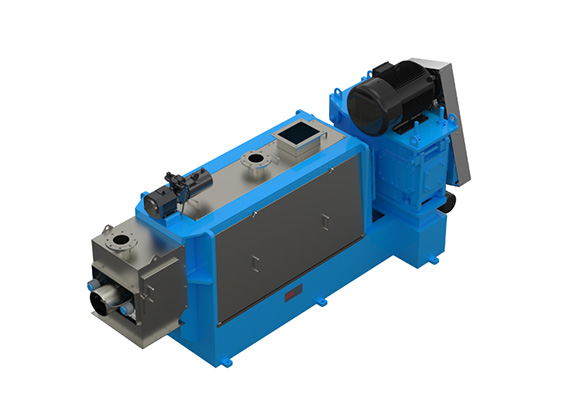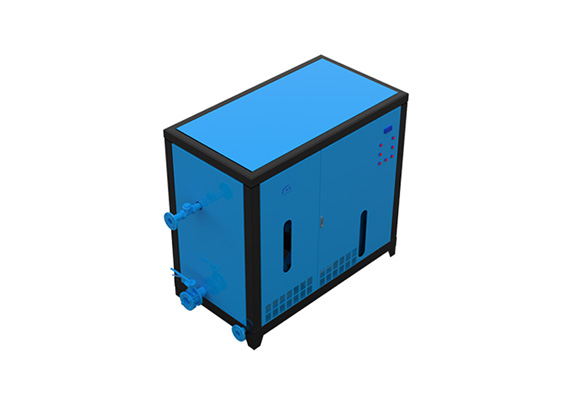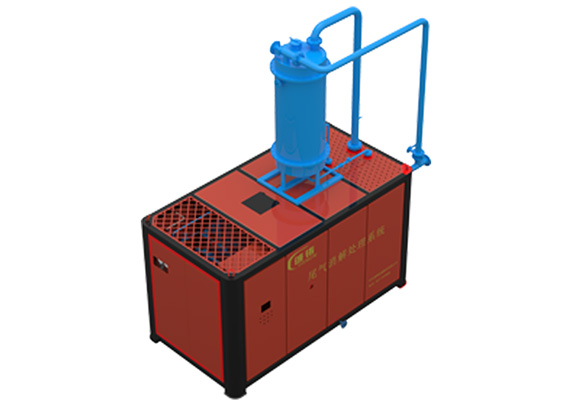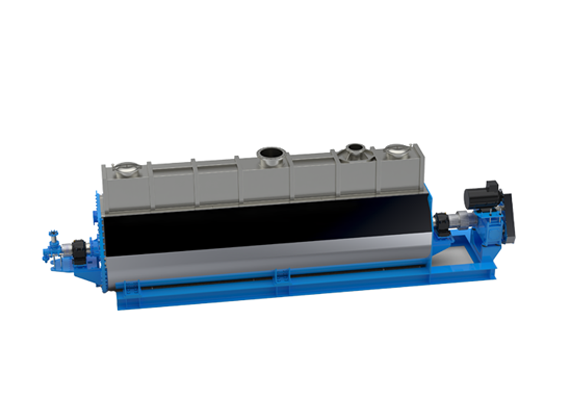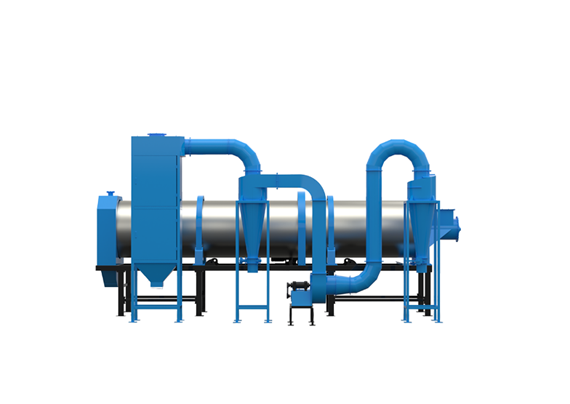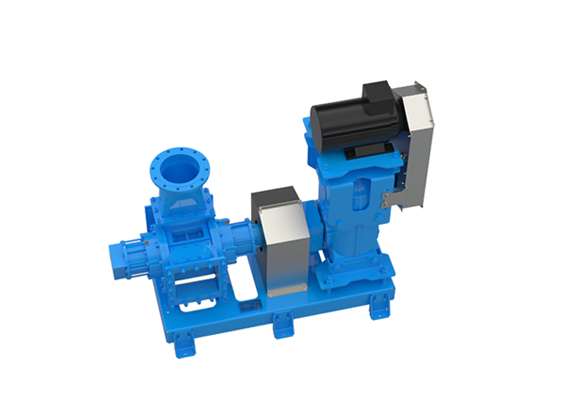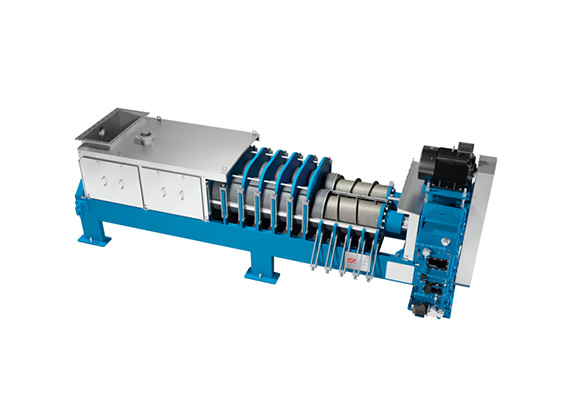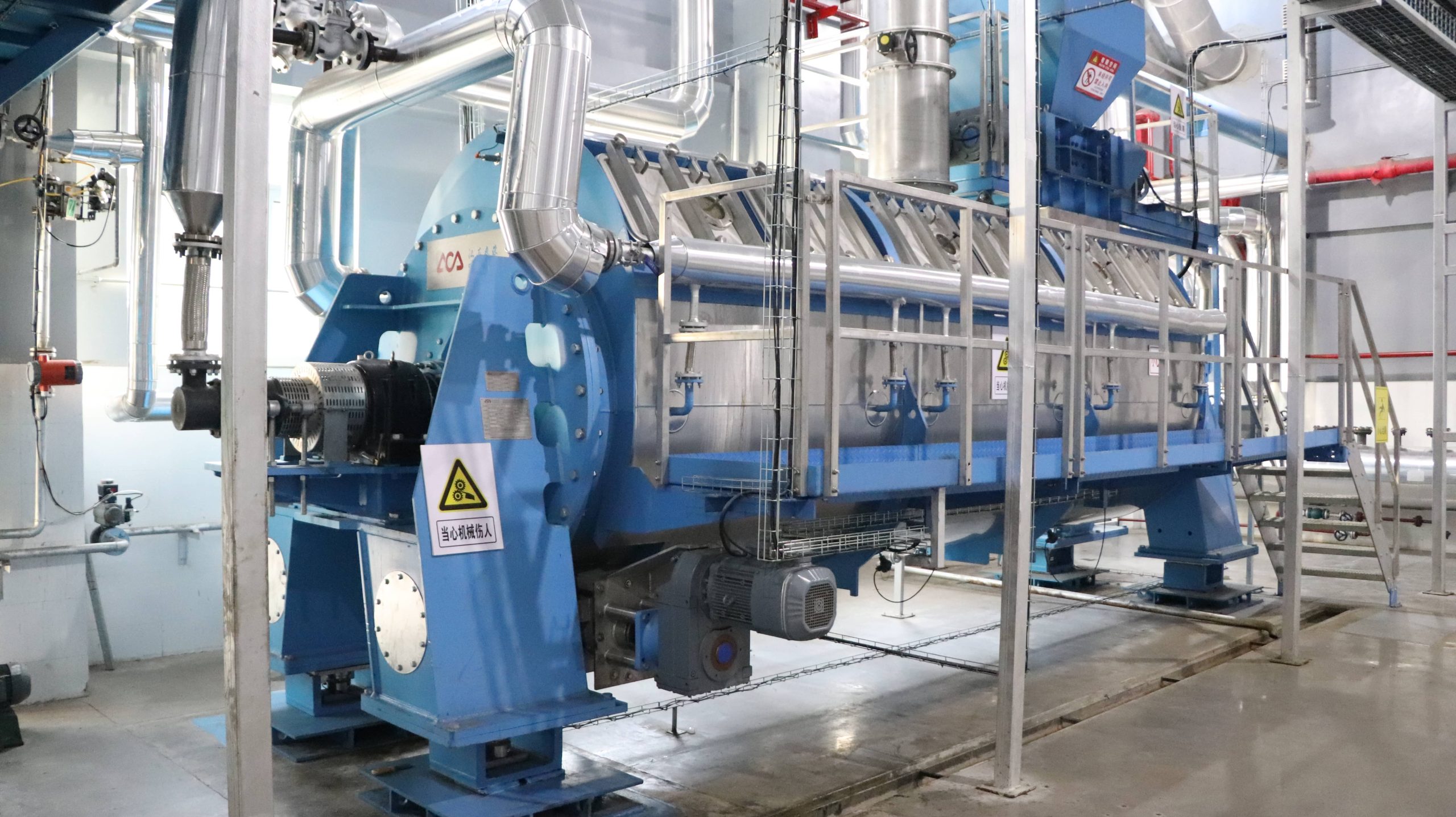
Fish Meal Plant Machine
What is a fish meal plant machine?
A Fish Meal Plant machine is used to produce fish meal. The fish meal is a kind of animal feed made from fish or other kinds of seafood. Preparing fish or seafood for consumption typically involves a process of cooking, pressing, drying, and grinding it, after which preservatives and other ingredients are incorporated.
Fish meal is a foundational element for aquaculture, having a long history of fortifying feeds and promoting good health in farmed aquatic animals. Its indispensability to the industry has been demonstrated over time through its unique nutritional contribution. Fish meals can be used directly as animal feed. It can also be processed into oil and non-oil products through extraction and refining processes.
How does a fish meal plant machine work?
A fish meal plant machine is an automated system that processes raw materials into a finished product. To ensure efficiency, belts or conveyors are used to transport components throughout the system. The items are then guided into the apparatus, allowing the machine to carry out its duties without obstruction.The AMOUNT of raw materials you intend to process and the SPACE available to you will determine which machine is right for your needs.
Feeding Your Fish Meal Plant
The first step in feeding your plant is deciding what kind of feedstock it will use: live or dead fish. If you want to use live feedstock, this means you’ll need some sort of live holding tank where the fish can be temporarily kept before processing begins. A dead feedstock would mean using only processed fish waste produced by other plants on site (such as dairy or poultry).
The process
In order to maximize your fish farm’s potential, a fish meal plant is not only a good idea but a great addition. Providing numerous advantages, this asset can add substantial value to any aquaculture operation. Utilizing this approach, it is easy to whip up a top-tier fish feast for your own aquatic beings or other beloved animals. This nutritious dish is sure to be a great addition to their diet and provide them with an extra energy boost. Your farm stands to benefit from utilizing the processing capabilities of the plant when dealing with fish waste, something that can prove to be a profitable resource.
A fish meal plant consists of several steps:
1) Fish are harvested from the water, gutted, and filleted. The heads and bones are separated from the fillets and ground into a slurry using industrial grinders and mills. The slurry is subject to heating of up to 150 degrees Fahrenheit to eliminate any hazardous bacteria and ensure its consumability by humans.
2) The slurry is then strained through screens that remove any remaining solid matter such as scales or bones. The blend is then cooled off to a temperature safe enough for workers to handle without burning themselves or having their hands glued together.
3) Finally, after cooling off completely, the liquid portion of the slurry will be drained off while leaving behind only solids in its place (which includes bone meal).
Conclusion
Fishmeal boasts a wide spectrum of beneficial nutrients, including highly important amino acids and minerals like iron and phosphorus. This powerhouse of a meal offers an invaluable resource to many living organisms. The efficacy of a fish meal is contingent on its processing and origin of raw ingredients. Ensuring the meal has been properly prepared with the right components is essential for achieving optimal quality.

